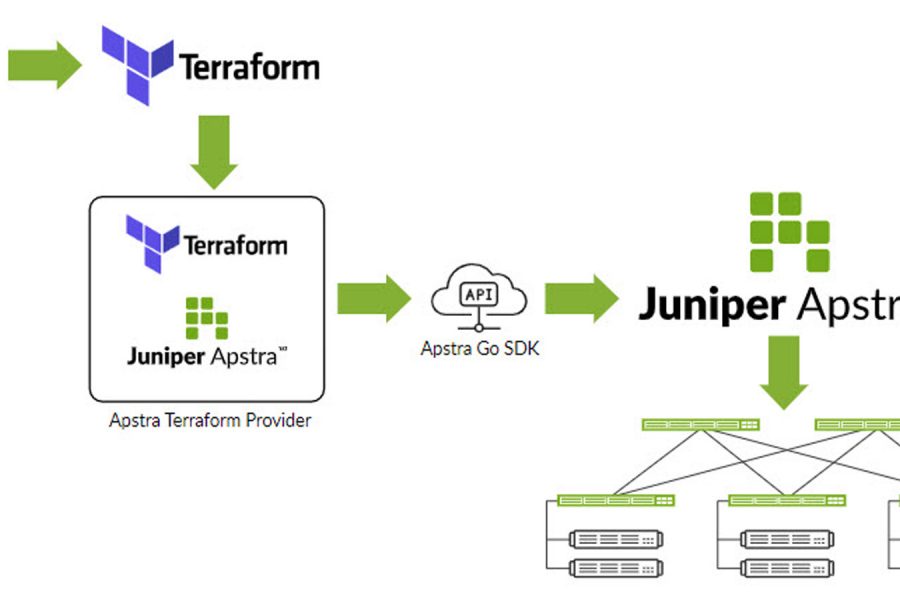Imagine playing an immersive VR video game on your cell phone with friends around the world, in real time, with zero delays, while traveling in a self-driving car. It’s not that far-fetched: this is just one of the many possible scenarios that the future holds with the emergence of 5G. The potential pace, scale and economic growth enabled by 5G will result in another technology revolution that will transform humanity as we know it.
If you think that’s hyperbole, let’s take a look at how previous generations of mobility have affected our lives. First-generation (1G) mobility liberated us from being tethered to a fixed location like a telephone booth. Second-generation (2G) mobility introduced technologies like short message service (SMS) allowing us to communicate via text while on the move. Third-generation (3G) mobility, much like 1G, freed internet access from the shackles of a fixed location, propelling us into the mobile internet age. And fourth-generation (4G) mobility, also known as LTE, saw 3G mature into a vital enabler of the global, digital economy. If 4G matured mobility into adulthood, what new groundbreaking innovations will 5G unlock for mankind?

Here’s what we know so far. 5G will shatter the current 4G speed limitation, increasing it by up to 1,000 times enabling 8K video applications, or allowing rural subscribers to enjoy the same Internet experience as their urban counterparts. 5G will also drastically lower network application latency from hundreds of milliseconds to just a few—we’re talking single digits—giving rise to near real-time machine-to-machine interaction currently found only in science fiction movies. Surgeries will be performed from the other side of the globe, while fatal car crashes could be virtually eliminated. Fully autonomous robotic factories could request maintenance before any failures occur, while a fleet of drones could apply pesticides to crops with surgical precision. Just as Albert Einstein pushed humanity’s understanding of physics to new heights, 5G will push mankind to achieve new speeds as latency drops and drive the number of connected devices beyond anything previously imagined.
As service providers start implementing their 5G buildouts, they’re evaluating which vendors to partner with for new innovations that can be incorporated into their existing or new networks. This is where Juniper will lead. We have a track record of success assisting service providers through their infrastructure, operations and services transformation with a simple but powerful approach: simplify, scale-out and secure the network and the cloud, automate the full operational lifecycle and, lastly, embrace cloud-centric architectures to unlock new service opportunities.
In 2019, service providers will see a series of innovations from Juniper that take meaningful, holistic steps toward helping transform infrastructure, operations and services in this 5G era. And we are starting with infrastructure transformation with for the Metro, Edge and Core.
New Metro Fabric Innovations
In 2018, Juniper introduced an entirely new routing portfolio that addresses metro traffic growth rates as they outpace all other network segments due to the explosion of LTE, IoT and cloud-based services, and making the metro a hotbed of network innovation and opportunity. With the introduction of Juniper Metro Fabric, a new approach was established to enable service providers with an adaptive, agile and secure network infrastructure designed from the bottom up for network simplicity and service automation. The ACX Universal Metro Router portfolio continues to expand to address all use cases across access, pre-aggregation and aggregation to assist in the transitions from 4G LTE to 5G.
5G will drive access speeds up, causing secure, environmentally hardened 10GbE and 25GbE interconnect requirements to become more prevalent. The all-new ACX700 Series will be a perfect match with multiple 10GbE, 25GbE and 100GbE interface support, rugged design, IPsec encryption and precise timing support for 5G networks. 100GbE layer-two transport security and integrated packet optical requirements are also becoming commonplace within the metro to prevent the unlawful intercept of IP traffic and improve the optical spectral efficiency to better amortize fiber assets. The new ACX700 series portfolio will increase the breadth and depth of Juniper’s Metro Fabric solutions, helping service providers transform their metro investments into a competitive differentiator that their customers will value during the 5G era.
New Edge Innovations
Juniper is extending the MX Series Fifth Generation (5G) Universal Routing Platform benefits found in the MX960/480/240 to our flagship MX2000 series of routers with the introduction of our Penta Silicon powered MPC11E line card. MX2000 series customers will enjoy all of the same groundbreaking innovations introduced on the MX960, including: 3x bandwidth per slot improvement over the previous generation, world-class economics with improved system efficiency reaching 0.34 watts per gigabit, integrated MACsec and IPsec encryption with scalable IPsec sessions control, native investment protection with forward and backward capability with previous generation line cards, and near-infinite programmability to address any unforeseen protocol and technology innovations that may emerge with 5G.
New Core Innovations
Delivering secure IP Transport for 5G and beyond, Juniper will continue to lead the way with the industry’s highest performance core routing solutions for both scale-up and scale-out architectures. Starting with a purpose-built 400GbE optimized chip – Juniper Triton Silicon – the PTX10008 and PTX10016 routers will now offer 100s of Tb of capacity in a single chassis, providing the ultimate investment protection for any routing platform on the market. At the heart of the industry’s most powerful core router is the all-new Juniper Triton Silicon, powering the new 14.4 Tbps per slot line card, supporting high-density 100GbE and 400GbE performance with improved power per bit efficiency down to 0.15 watts per gigabit to support increasing traffic demands. Juniper is once again setting the industry benchmark for core IP Transport by providing service providers with the necessary 100GbE and 400GbE toolkit to stay competitive and address ballooning traffic volumes in an operational friendly design to stay relevant as they transform their infrastructure in the 5G era.
And complementing these infrastructure enhancements, Juniper’s Contrail integrated software suite enables service providers to transform from managing individual devices to automating the full operational lifecycle, simplifying the design, implementation and operations of the network.
5G networks built on a secure, automated cloud architecture will enable faster and more productive mobile services for subscribers, enhanced vertical opportunities (including IoT) for enterprises and a greater mobile broadband experience akin to fixed services. This will open up significant new revenue streams at a time when revenues are flat to shrinking and when capital and operational expenditures are weighing down service provider margins.
The future is bright with Juniper. We are directly addressing today’s transformation challenges with innovations designed to help you deploy a 5G ready network today – a network that will deliver on future promises that will launch humanity into a new era of growth, innovation and wonder.


